Ever gazed at your walnut furniture and noticed a change in its hue over time? Let’s delve into the intriguing world of walnut wood and its fascinating color transformations.
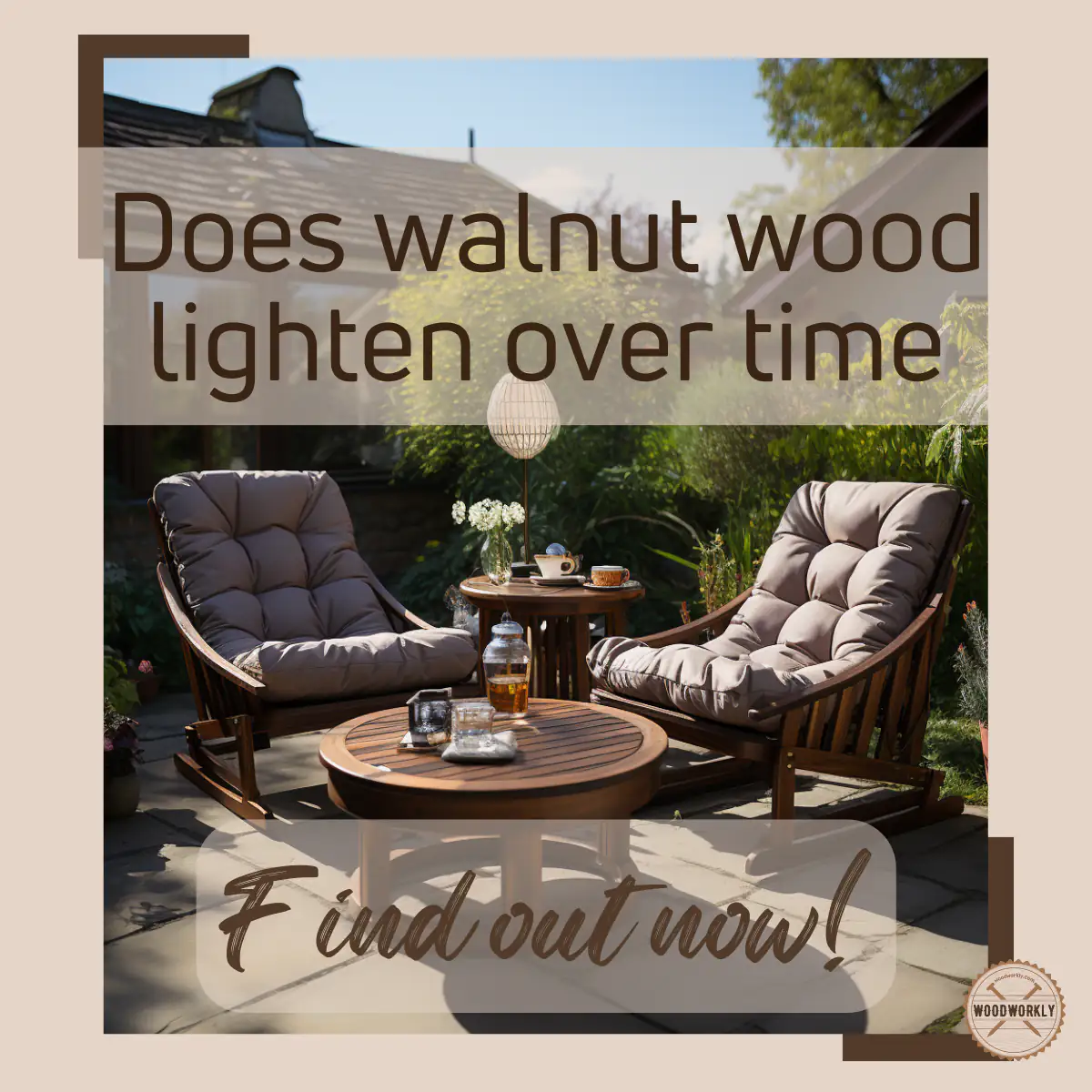
Walnut is an expensive and rare type of wood compared to other types.
Nevertheless, I prefer using walnut over other woods because it is strong, stable, durable, and can easily last a lifetime with proper maintenance.
However, upon comparing photos of my walnut cupboard recently, I noticed a color difference.
Over time, my walnut cupboard has turned a lighter color.
So, I conducted some research on this phenomenon with the help of professionals.
Here’s what I discovered, Does walnut wood lighten over time?
Yes, Walnut lightens over time. The consistent dark brown color of walnut will be fade away slowly over the years. It turns into honey-like, pale color tones above its original dark brown hues with exposure to light. The same thing happens to wooden furniture made out of walnut.
But there’s a lot more you need to know.

So, in this article, I’ll explore a variety of topics like, why walnut wood lightens over time, how walnut furniture changes over time, how to keep walnut woodworks from fading, and also can you lighten walnut wood as well.
So, let’s dive in!

Why Does Walnut Wood Lighten Over Time?
Walnut wood, known for its strength and aesthetic appeal, is something of a chameleon.
The color of walnut wood is determined by the age of the tree, the section of the tree from which the wood is harvested, and the exposure to environmental elements such as light and humidity.
When freshly cut, the heartwood (the older, harder central part of the tree) often exhibits a rich, dark brown color while the sapwood (the younger, softer outer part) tends to be much lighter.
However, over time, the heartwood’s dark rings may slightly darken while the sapwood gets lighter.
This change in the sapwood’s color gives the overall piece a faded, or lightened, appearance.
This phenomenon can be attributed to the wood’s exposure to light and air. The process of oxidation and the wood’s reaction to UV light can cause this color transformation over time.
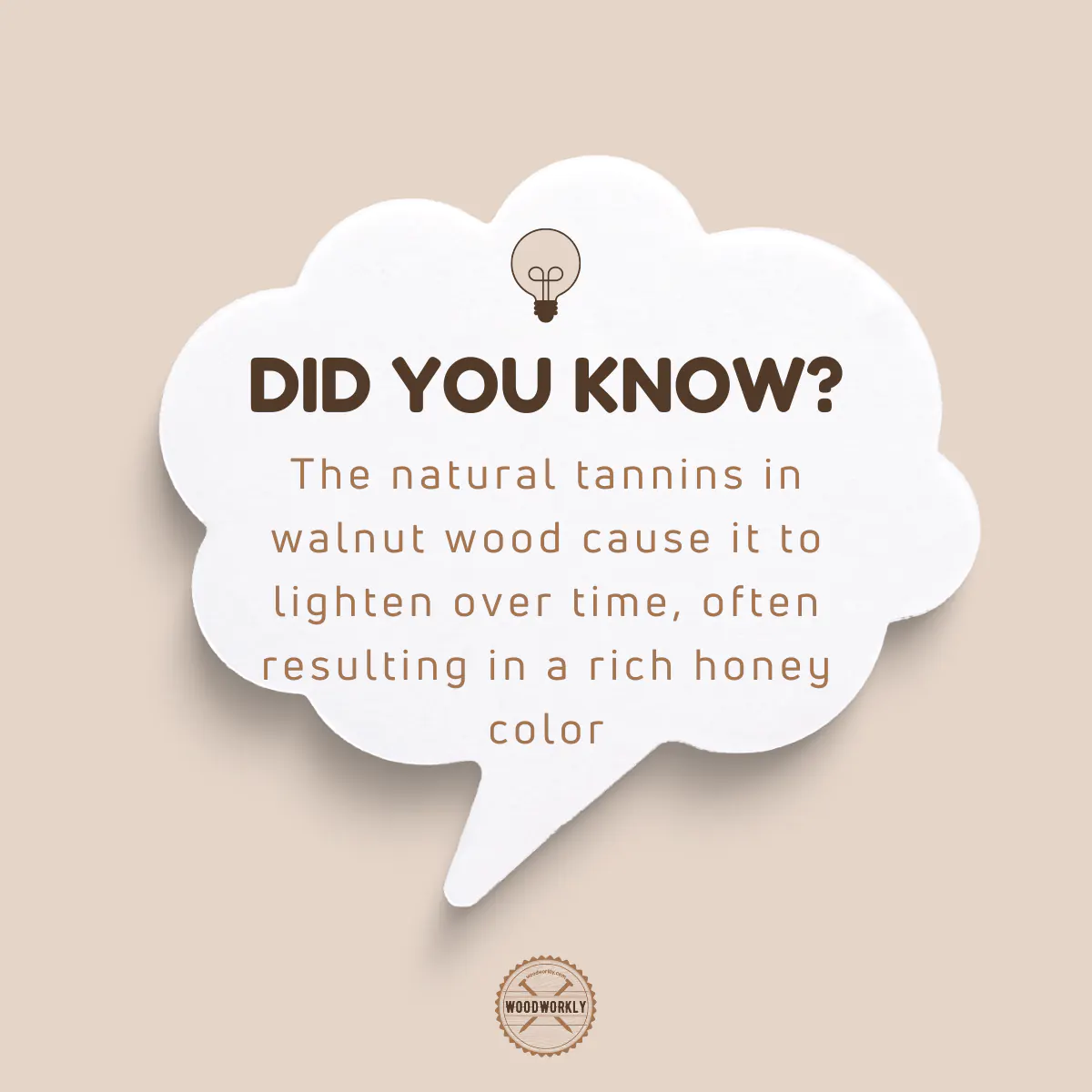
Pros and Cons of Walnut Wood Lightening Over Time
Pros:
- Gives the wood a unique, aged aesthetic appeal.
- Enhances the beauty of the wood grain with a honey golden tint.
- Adds character to the furniture or decor piece.
Cons:
- May not be ideal for those who prefer the original darker color.
- Uneven exposure to light and humidity can result in spot-fading.
- Maintenance and care are required to manage the lightening effect.
There’re several factors cause the changing of color of walnut over time. So, let’s talk about them.
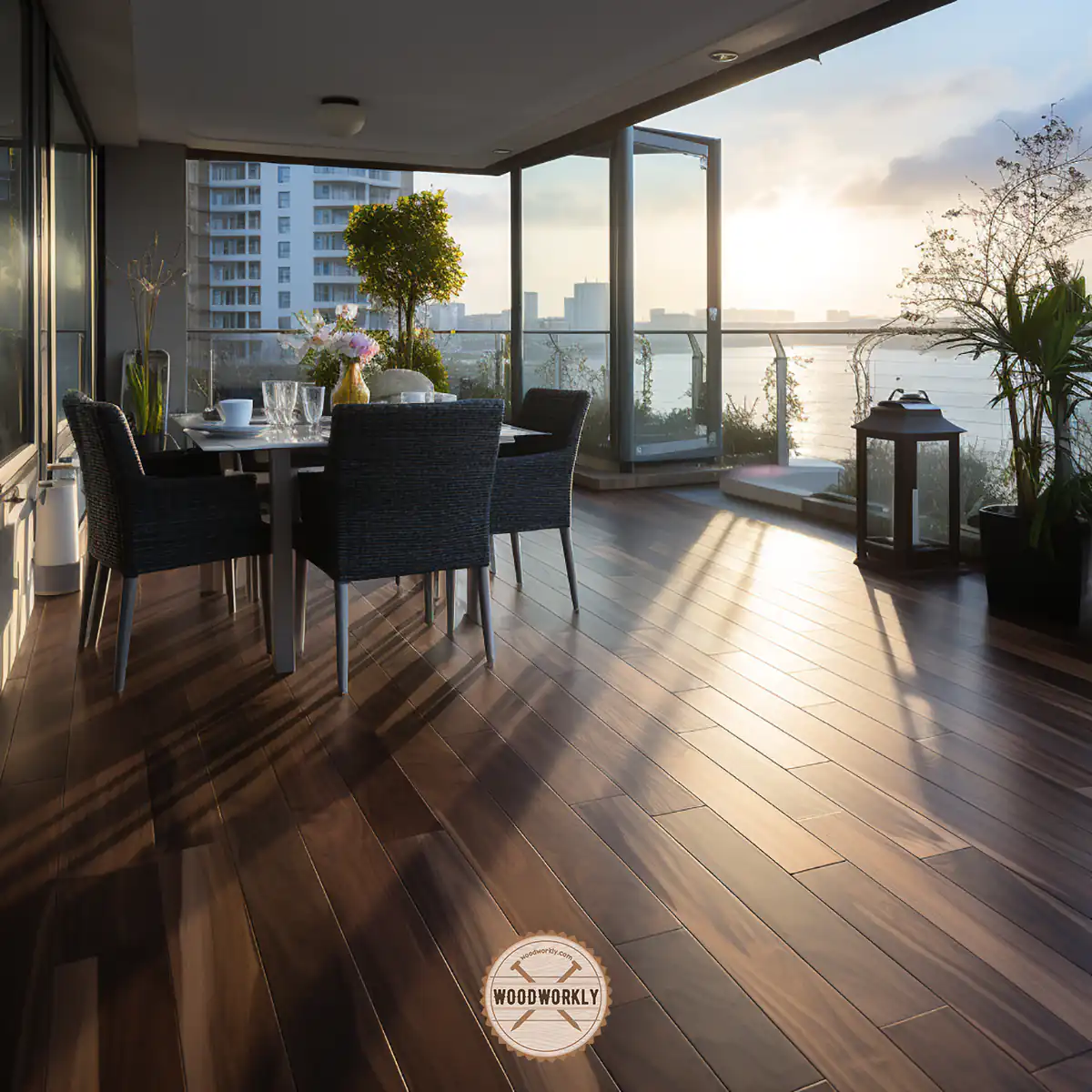
Reasons Why Walnut Wood Lightens Over Time
Here’re the main factors that lighten walnut wood over time.
- Exposure to sunlight.
- Oxidation.
- Heat factor.
- Rapid short-term chemical processes in wood.
- Penetration of moisture.
So, let’s talk about those factors that change the color of walnut in detail.
Exposure to Sunlight
Sun exposure is the main factor that causes walnut wood to lighten over time.
In the world of hardwoods, walnut is a bit of an outlier.
While most woods darken when exposed to sunlight, walnut does the opposite – it lightens, thanks to the UV radiation in the sunlight.
This bleaching effect is gradual and can take years, depending on the amount of daily sun exposure the wood receives.
The result is a warm, golden hue that highlights the natural grain of the wood.
The rate of fading over time depends on the quality of the walnut you have.
Mostly, most of the lightening process will occur naturally slowly within the first couple of years, but you’ll see a significant change in color within the first few months.
A personal anecdote comes to mind here. I once had a walnut coffee table that sat right beside a large window.
Over the years, the side of the table facing the window began to lighten, creating an unintentional but beautiful gradient effect on the table surface.
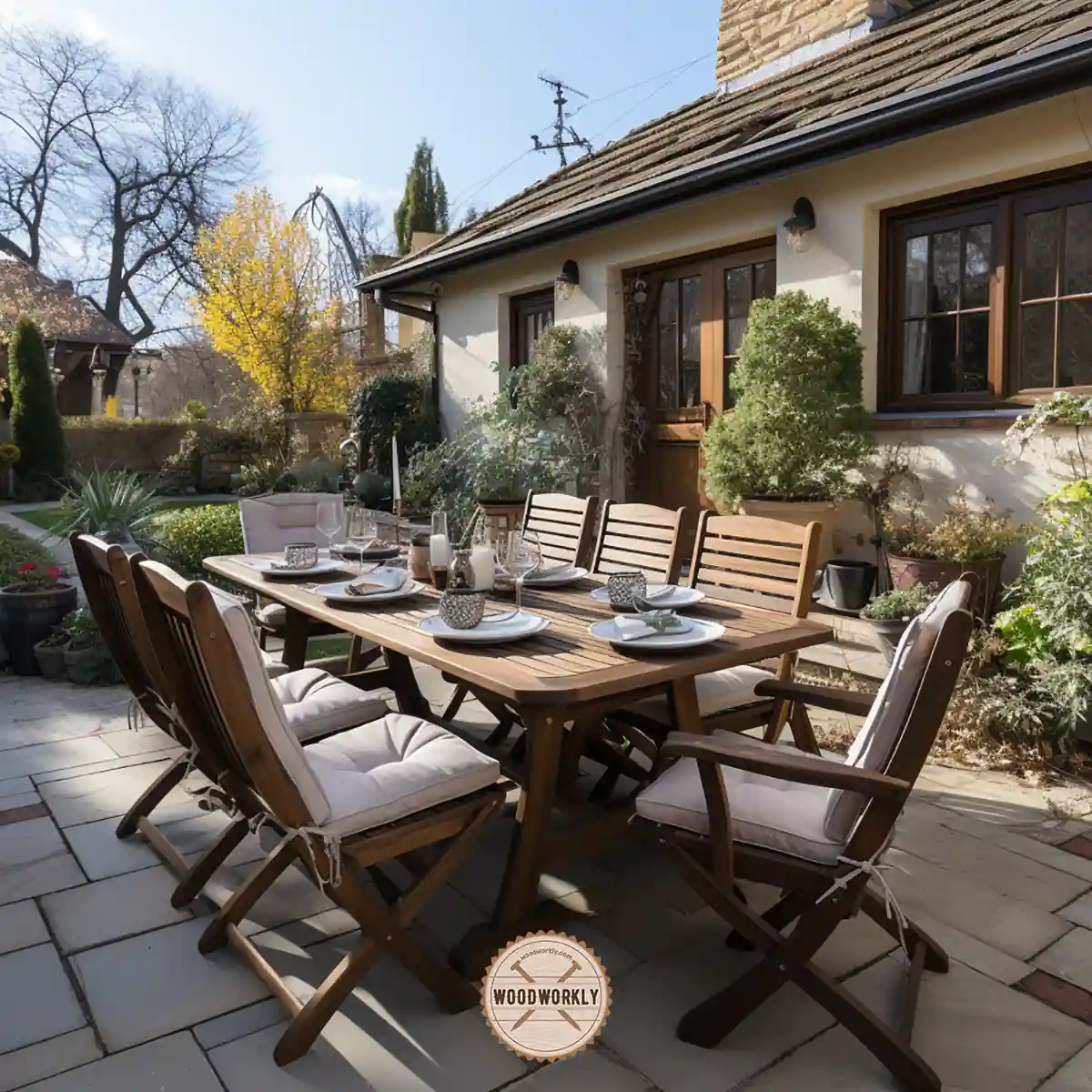
Oxidation
Oxidation is a natural chemical process that happens when walnut wood comes into contact with air.
Over time, this interaction can alter the color of the wood, causing it to lighten.
The exact extent of this change can vary based on several factors, including the age of the wood and the specific environmental conditions it’s exposed to.
In fact, if you’ve ever sliced open a fresh apple and watched it turn brown after a while, you’ve witnessed oxidation firsthand!
The same principle applies to walnut wood, except in this case, it results in the wood’s color lightening instead of darkening.
Heat Factor
Heat can also influence the color of walnut wood.
Prolonged exposure to high temperatures can slowly change the color of the wood, causing it to become lighter over time.
This is especially relevant for walnut furniture or décor items located near fireplaces or heating systems.
For example, a friend of mine placed a walnut wood bookshelf near a heating vent.
Over a few winters, the bookshelf’s color gradually changed, eventually becoming several shades lighter.
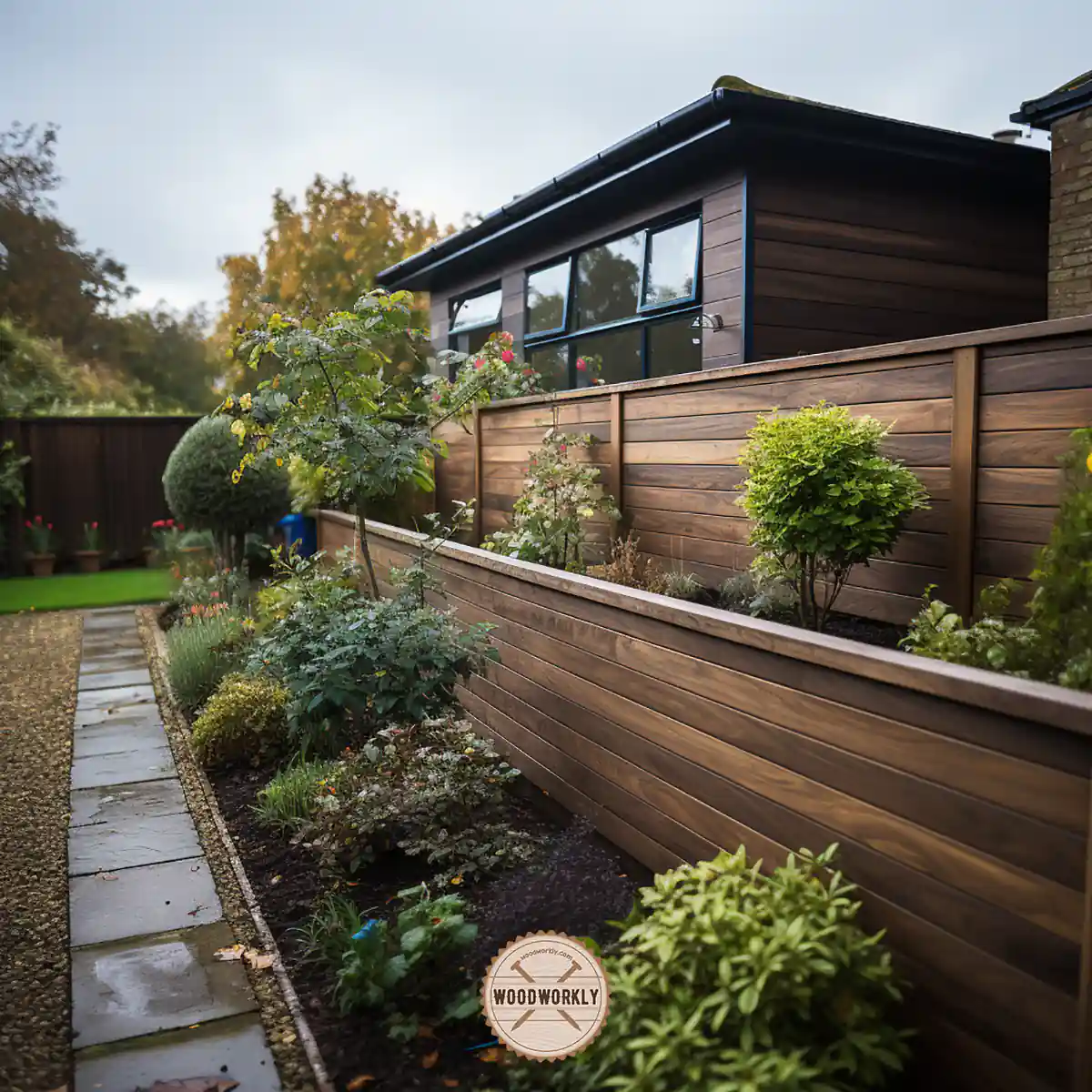
Rapid Short-Term Chemical Processes in Wood
Sometimes, the color change in walnut wood can be sped up due to rapid, short-term chemical reactions.
For instance, applying certain finishes or cleaners to the wood can cause it to lighten almost instantly.
I remember the time I tried to clean an old walnut chest using a strong commercial cleaner.
To my surprise, the cleaner didn’t just remove the grime — it also stripped some of the wood’s dark color, leaving it noticeably lighter.
Penetration of Moisture
Lastly, moisture penetration can also influence the color of walnut wood.
In areas with high humidity or where the wood is likely to come into contact with water, such as kitchens and bathrooms, walnut can lose its dark tint and lighten over time.
Take it from my experience of installing a walnut countertop in my kitchen.
Despite my best efforts to seal it against moisture, the wood did lighten a bit over a couple of years.
However, this change actually added to the countertop’s charm, giving it a beautifully aged look.
Overall, A proper finish will protect the wooden surface from humidity and exposure to air which can prevent the color change of walnut over a long period.
Generally, maple, cherry, and oak which will turn into dark deeper colors over the years while walnut is an exception that will tend to get lighter over time.
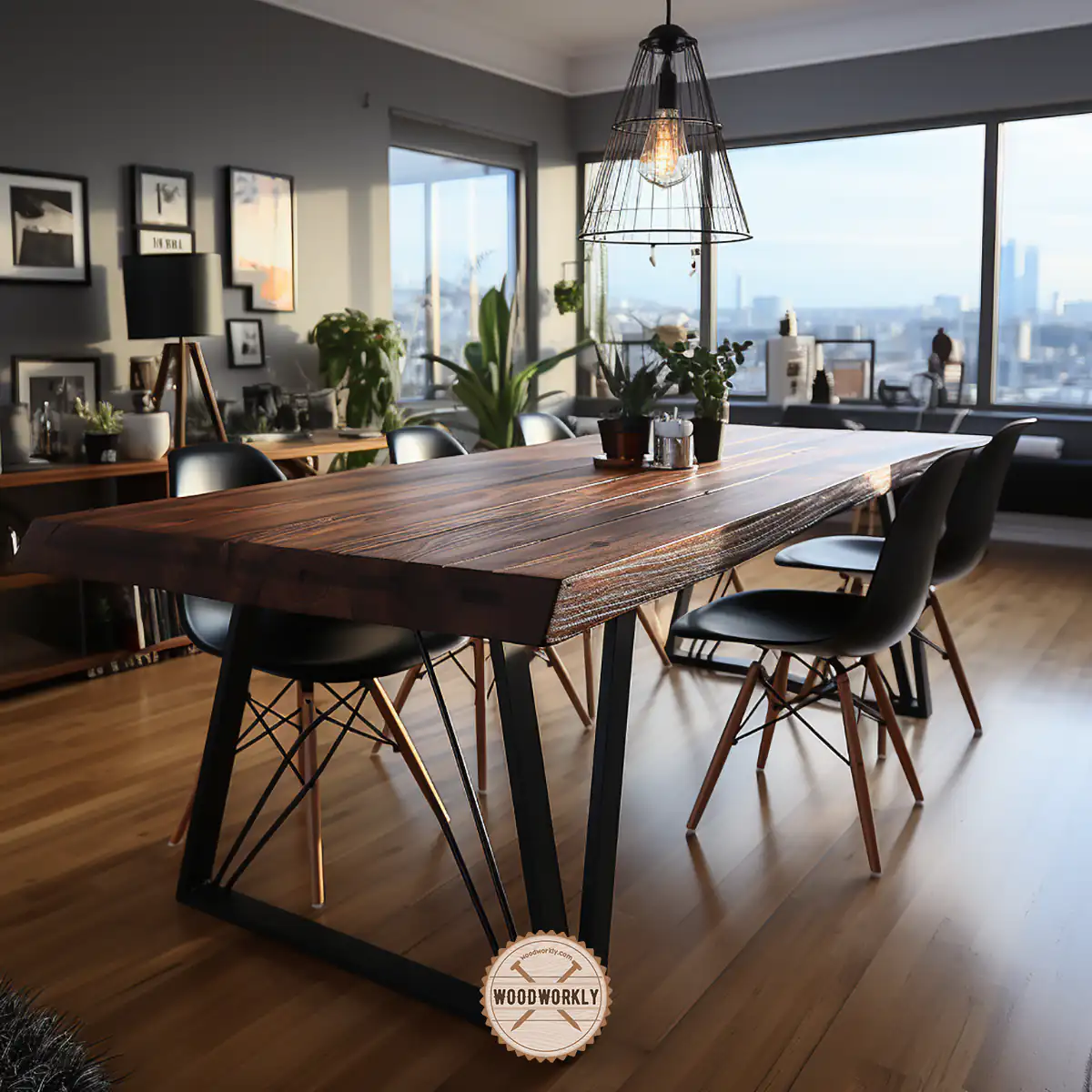
How Does Walnut Furniture Change Over Time?
Most wood furniture will have color changes over time due to various reasons. While cherry wood furniture gets a rich dark look over time, walnut wood furniture will get faded.
Direct exposure to sunlight over a long time will change the coloring chemicals of walnut and cause the reduction of their dark brown color.
Also, the level of exposure will increase the speed of the color shift from dark to pale.
However, walnut furniture fades like mad in sunlight. As a result of this, the beautiful dark brownish color will go away over time within a couple of years.
I have experienced this, after spending a couple of hours observing my old walnut cabinet which was kept more than 3 years outside with no use at all. Things that I have directly noticed,
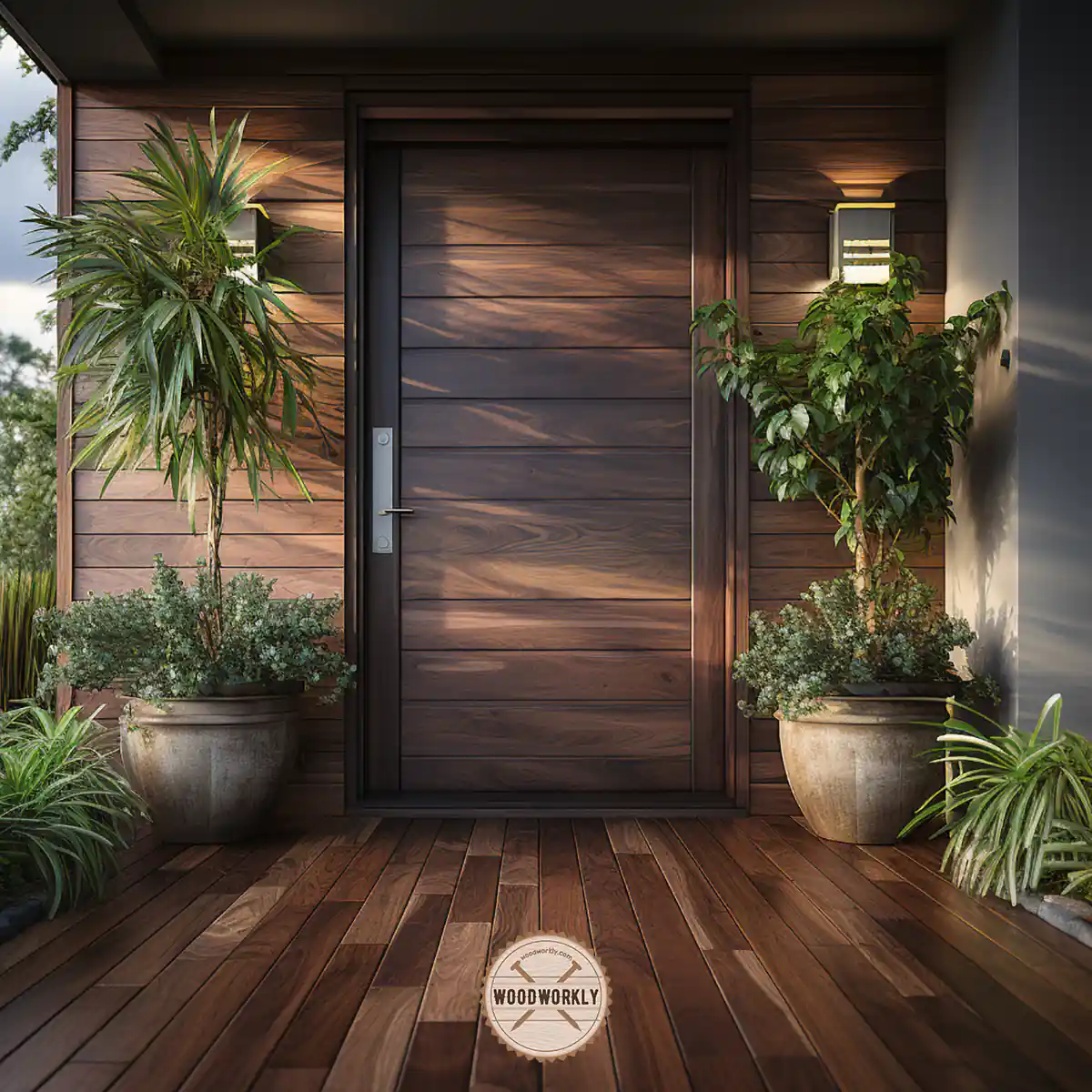
All the outside of the cabinet was pale in color with uniform brown all over. But when I look at the cupboard inside and under the desk and inside drawers, they still have that old rich dark brownish color.
This is a clear example of how walnut furniture changes its color from dark brown to pale color due to long-term exposure to the sunlight.
Color changes in walnut wood furniture tend to be dramatic in the first few years.
If you’re planning to use walnut kitchen cabinets and flooring, once they are installed, mostly you have nothing to do to protect them from exposure to light.
The best protection you can give them to do better finishing and applying a quality coat over the surface before the furniture is placed.
The ultimate conclusion is the furniture that made of dark wood gets lighter in sunlight and light wood furniture will get darker over sunlight.
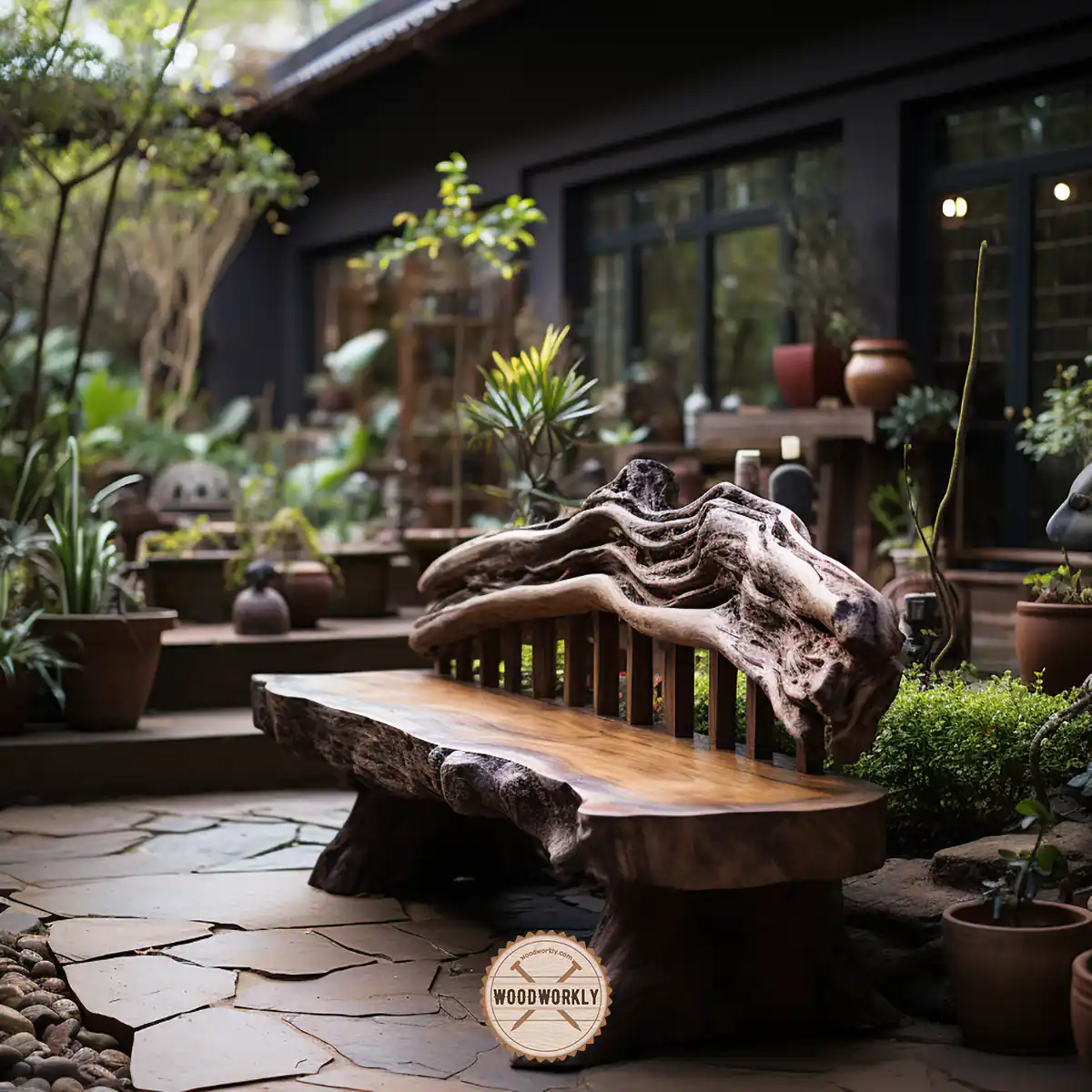
How to Keep Walnut Furniture from Fading
Unfortunately, according to my years of experience with woodworking, there is no direct single-shot solution for the color changing of walnut over the years.
But there are different steps you can take to reduce the color change significantly by minimizing exposure to direct sunlight.
Most of them are affordable and easy to do. Things like,
- Avoid placing walnut furniture surfaces to direct sunlight
- Avoid placing furniture in humid places
- Prevent the furniture from continuous water or heat touching.
- Keep the walnut woodwork away from wet fungus areas which can also cause discoloration.
To follow the above precautions, you can take actions like the ones given below.
1. Apply finishes that have UV inhibitors
Lacquer and Linseed oil are the best finishers you can use for walnut furniture. You just have to apply those finishers on top of the wooden surface.
They already have anti-UV agents to prevent UV rays from touching the wooden surface.
By stopping the UV rays from getting to the wooden surface, the walnut furniture can protect from fading and can keep its rich dark brown tone over a long time.
Lacquer is fast and easy when compared to linseed oil. It dries extremely fast, and two coats will do the job perfectly.
If you wish to gain deep protection you can go up to four coats, but two coats are also well enough for any walnut furniture.
Linseed oil will penetrate the pores and small holes inside the walnut and not only it stops the walnut from facing UV radiation, but also it gives some sort of waterproofing and air proofing as well.
The only downside is it will take much longer to finish the drying process.
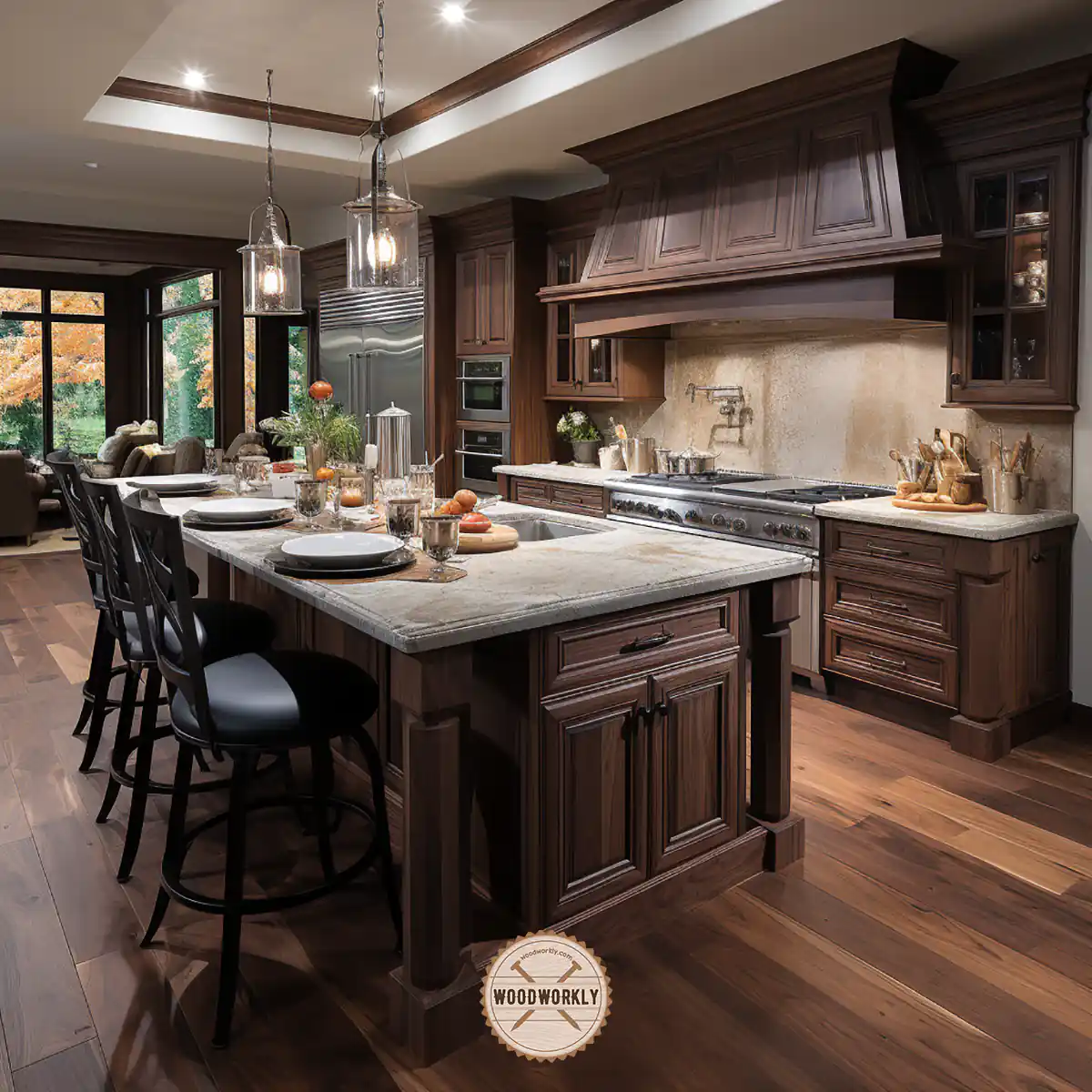
2. Move Furniture and Rugs from Time to Time
Rearrange your walnut furniture from time to time. Then the amount of sunlight hitting a specific location of the wooden surface will change occasionally.
This will equalize the UV radiation exposure and reduce the lighten of walnut and also spread out the fading color by giving a consistent color all over the woodwork.
Honestly, this will help to stop the furniture from looking weird with dark and pale patches where places hit more sunlight and for places hit with no sunlight at all.
3. Apply Window films
If you have a room or kitchen with most of the wooden furniture are made out of walnut, I highly recommend you apply thin multi-layer films to the windows.
These thin layers help to cut down UV rays from entering the inside and it will protect your walnut furniture from hitting UV and help to prevent the lighten of walnut over years.
While most of us are trying to figure out Does walnut wood lighten over time, There are special conditions that we tend to think can we lighten walnut wood manually?
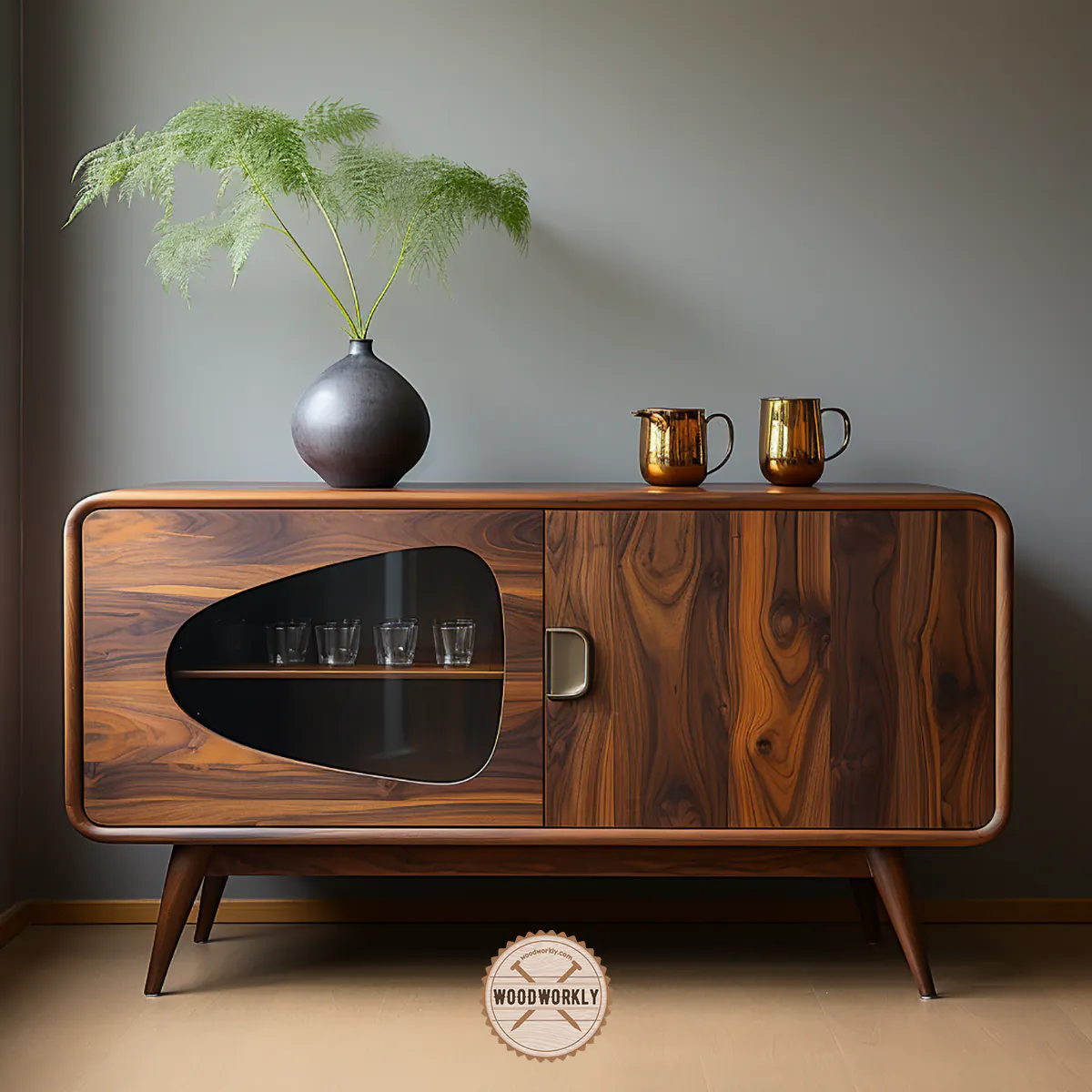
How to Lighten Walnut Wood?
Walnut wood lightens over time naturally because of sunlight and other environmental effects. But we can do the lighting process manually with bleach.
I’m not talking about the bleach that we use in our household, this is called the AB bleach.
Here’re the supplies you’ll need to lighten the walnut wood.
Materials You Will Need
Before you start, ensure you have the following materials:
- A well-ventilated workspace
- Rubber gloves and safety goggles
- 100, 120, and 220 grit sandpaper
- Wood bleach (oxalic acid or a two-part wood bleach)
- A clean rag
- A brush for applying the bleach
- Water for neutralizing the bleach
- A wood finish of your choice
Grab the above tools and materials from quality manufacturers and get ready to start the process.
Step 1: Safety First
Start by ensuring your workspace is well-ventilated and you’re wearing proper safety gear, like rubber gloves and safety goggles.
Wood bleach is powerful stuff, and you don’t want to breathe it in or get it on your skin.
Step 2: Sanding
Start with a thorough sanding. Use the 100 grit sandpaper to remove the current finish on the wood and expose the raw walnut beneath.
After that, move on to the 120 grit, and then finish with the 220 grit. The aim here is to smooth the wood while preparing it for bleaching.
A little story from my own experience here – I once attempted to lighten a walnut end table without proper sanding.
The result was an uneven color because the bleach couldn’t penetrate through certain areas where the old finish still existed. Trust me, thorough sanding is a must!
Step 3: Bleaching
Now comes the most transformative part – bleaching.
Use a brush to apply the wood bleach to the sanded walnut, following the manufacturer’s instructions.
Make sure to apply it evenly to get a consistent lightening effect.
When I did this on an old walnut dresser, it was incredible to watch the wood lighten before my eyes.
The previously dark walnut took on a lighter, golden hue that gave the piece a completely new feel.
Step 4: Neutralizing and Drying
After bleaching, you’ll need to neutralize the wood bleach according to the manufacturer’s instructions.
This typically involves rinsing the wood with water. Once done, leave the wood to dry completely.
Step 5: Apply the Finish
Finally, it’s time to seal and protect your newly lightened walnut wood.
Apply your chosen finish, whether that’s oil, wax, or a clear coat, to bring out the beauty of the grain and protect the wood from damage.
From personal experience, I can tell you that transforming a dark piece of walnut furniture into a lighter one feels almost like getting a brand-new piece of furniture.
It gives your space a fresh feel and is a great way to update your décor without a huge expense.
That’s it, folks! Hope you learned all you wanted to know about, Does Walnut wood lighten over time, and how that happens?
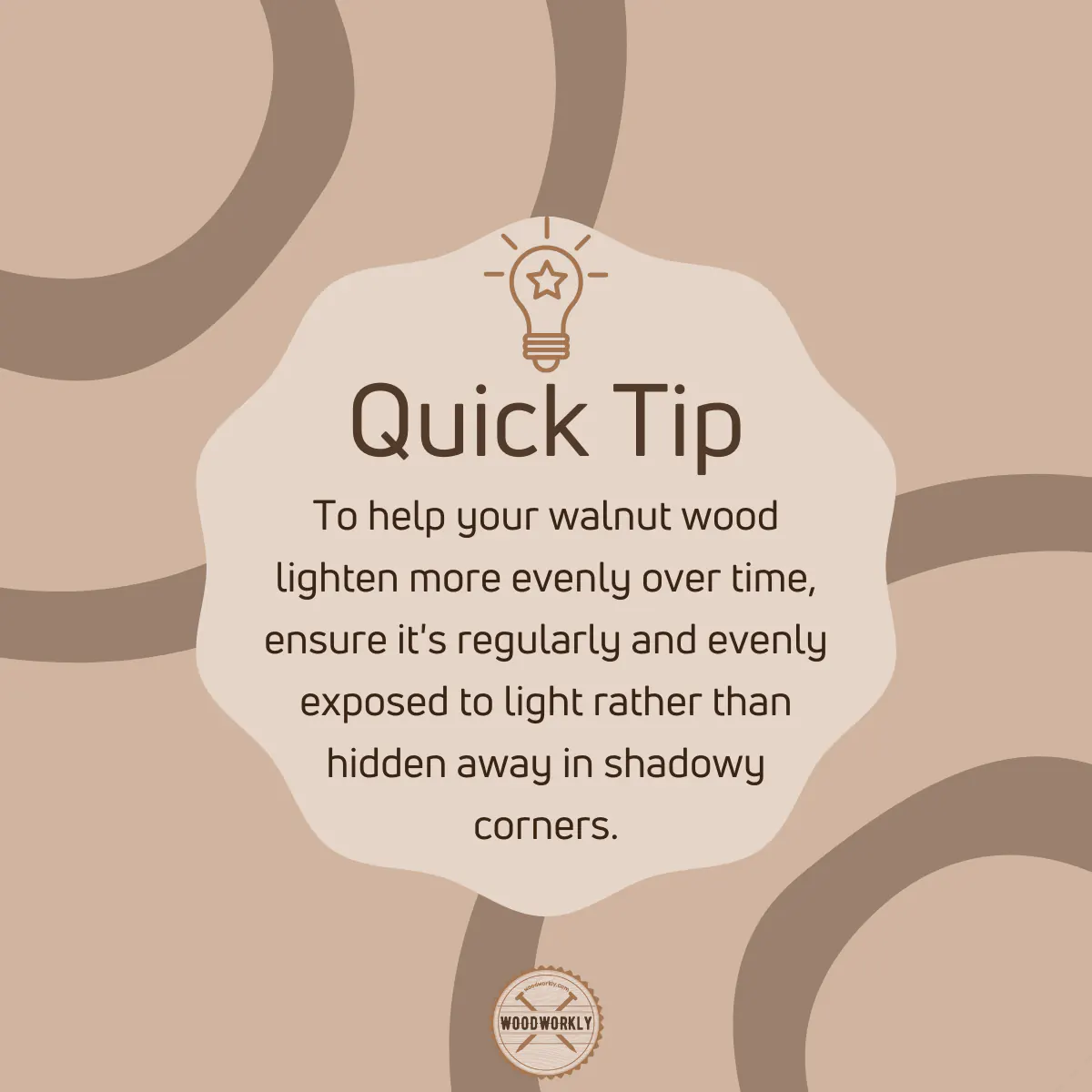
Let’s answer some frequently asked questions.
FAQs
Does Walnut Wood Lighten In The Sun?
Yes, Walnut wood lightens in the sun. Sunlight fades the Walnut wood color upon oxidation and due to UV rays.
In order to prevent Walnut wood from fading, change the place of your walnut furniture or apply a sealer to block sunlight from hitting the walnut wood surface.
Is Walnut Wood Naturally Dark?
Yes, Walnut wood naturally has a dark chocolate color. This color can change upon aging and due to weather elements.
Generally, the color of Walnut wood will fade over time. The natural dark color will change into light creamy color exposure to the sunlight and heat.
Does Wood Get Lighter As It Ages?
Yes, Wood gets lighter as it ages due to the exposure to direct sunlight for a long time.
UV light in sunlight and oxidation lightens the wood and eliminate the beautiful dark color of the wood.
Does Walnut Wood Fade?
Yes, Walnut wood fades into a creamy color due to excessive exposure to sunlight, heat, aging, and other impacts.
You can prevent walnut wood from fading by applying a proper sealer that blocks sunlight from hitting the wood surface or by covering the wood from hitting direct sunlight.
Does Walnut Oil Make Wood Darker?
Yes, walnut oil makes wood slightly darker. You can use walnut oil to get back the original color of walnut wood once the wood is faded due to sunlight.
Not only walnut oil makes the wood darker, but also every other oil finisher darkens wood after finishing.
How long does it take for walnut wood to lighten?
The lightening process for walnut wood can vary significantly and can take from several months to a few years, depending on environmental conditions such as exposure to sunlight and the specific type of finish applied to the wood.
Can you speed up the lightening process of walnut wood?
Yes, the lightening process can be accelerated using specific techniques such as bleaching or sanding, but always bear in mind that each method should be performed carefully to avoid damaging the wood.
Does every piece of walnut wood lighten in the same way?
No, each piece of walnut wood is unique, so the lightening process can yield different results; this variation is part of what gives each piece of walnut furniture its distinctive charm.
Does the lightening of walnut wood affect its strength or durability?
No, the lightening process mainly affects the color and aesthetics of the wood, but it does not impact the inherent strength or durability of walnut wood.
Does walnut wood darken with age?
Contrary to some assumptions, walnut wood doesn’t darken with age, but it actually lightens, transitioning from its original deep brown color to a more golden brown hue over time due to factors like sunlight exposure and oxidation.
How to finish walnut without darkening?
To finish walnut without darkening, you can use a water-based polyurethane or a natural oil finish like tung oil. These finishes tend to retain the natural color of the wood, as they don’t contain added color like some oil-based finishes that can darken the walnut.
What color is walnut furniture?
New walnut furniture typically exhibits a rich, dark brown color, often with a purplish cast and darker streaks. However, with time and exposure to light, walnut tends to lighten and adopt a more golden brown hue, adding to its unique charm and appeal.
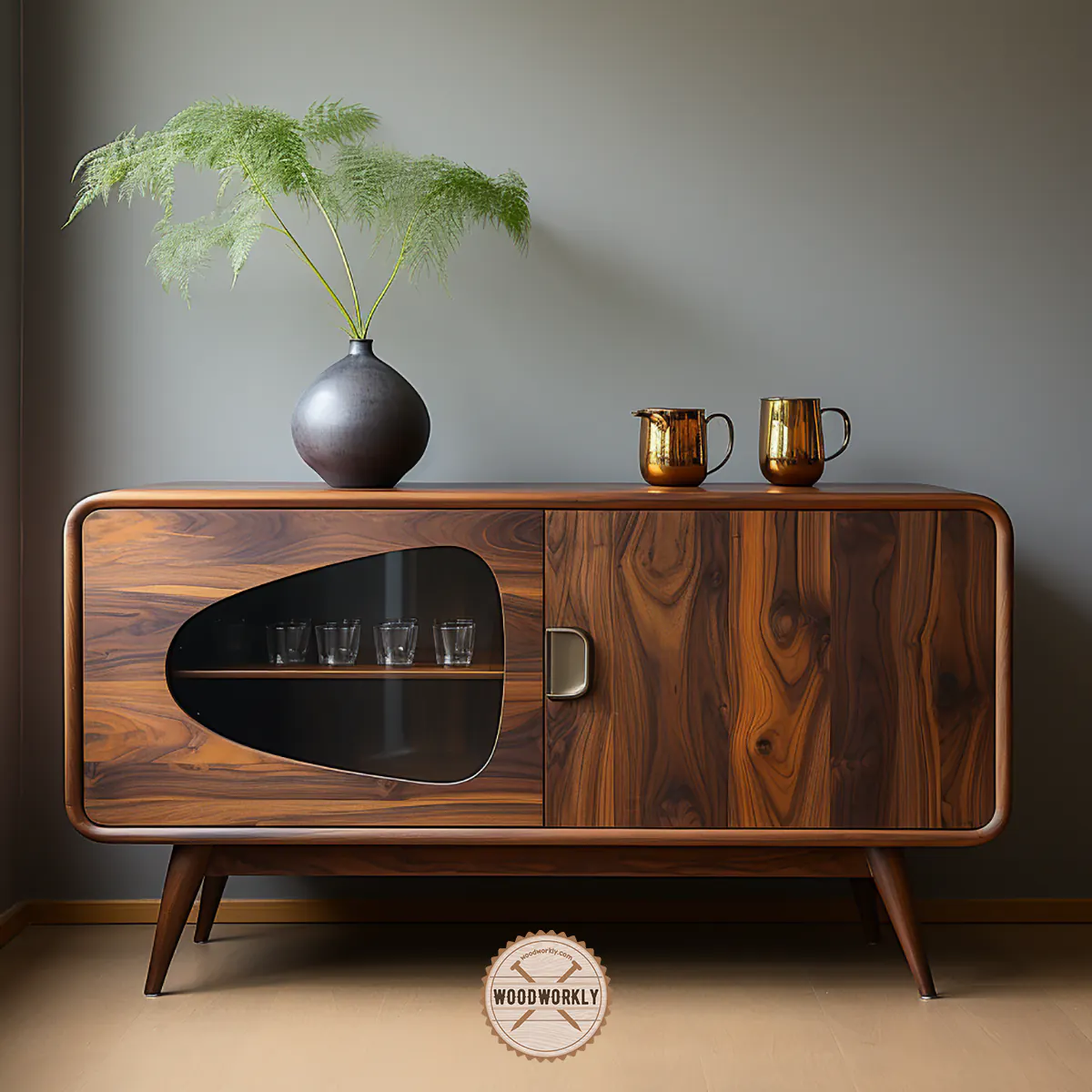
Did I Cover all you wanted to know about Does walnut wood lighten over time?
In this article, I took a look at why walnut behave weirdly when compared to other wood types under color changing, why does walnut wood lighten over time, how to prevent or slow down the lightening process, and also how can we manually lighten the walnut surface as well.
Walnut wood lightens over time due to exposure to sunlight, heat, oxidation, Rapid short-term chemical processes in wood, and penetration of moisture. You can prevent walnut wood from lightening by sealing the wood with a finisher with anti-UV agents.
My advice after years of working with different types of woods is, whatever the wood you use for your furniture, woodworking projects, or crafts always make sure to do a proper finishing.
Because the finisher is an important factor in deciding whether your woodwork lasts just year two or last throughout your lifetime.
Walnut is one of the most beautiful and strong wood you can use for any indoor or outdoor application, but you always have to keep in mind that maintains the item properly especially when they’re facing direct sunlight.
Hope this article will help you to protect your valuable walnut creations from fading.